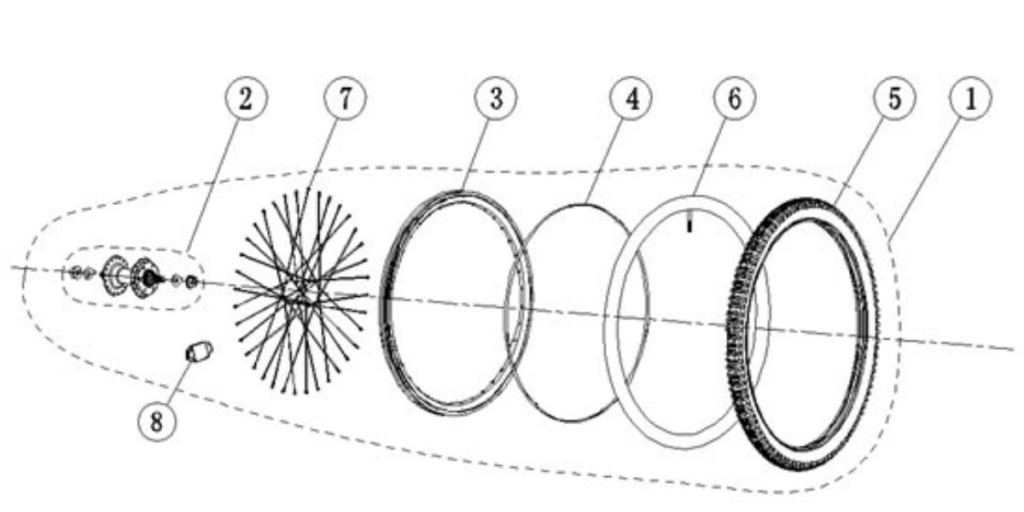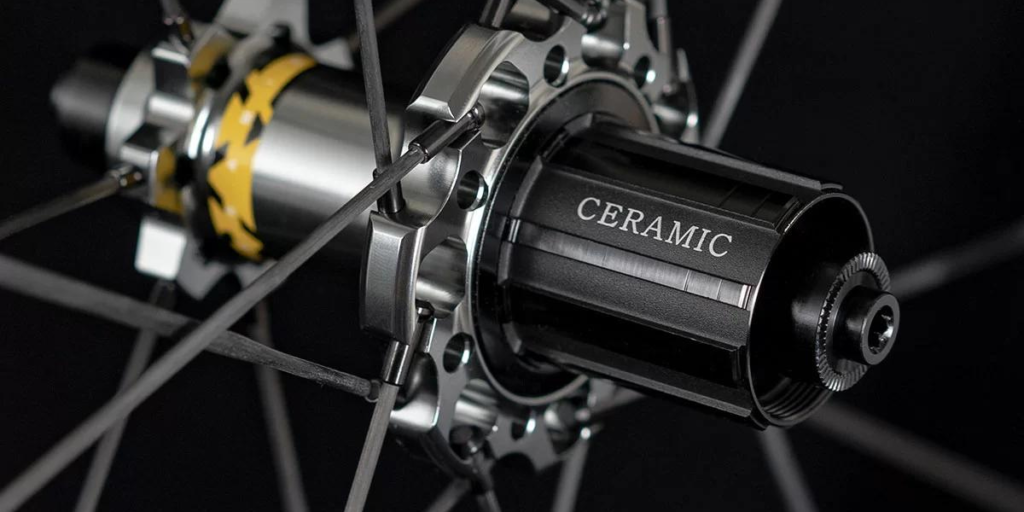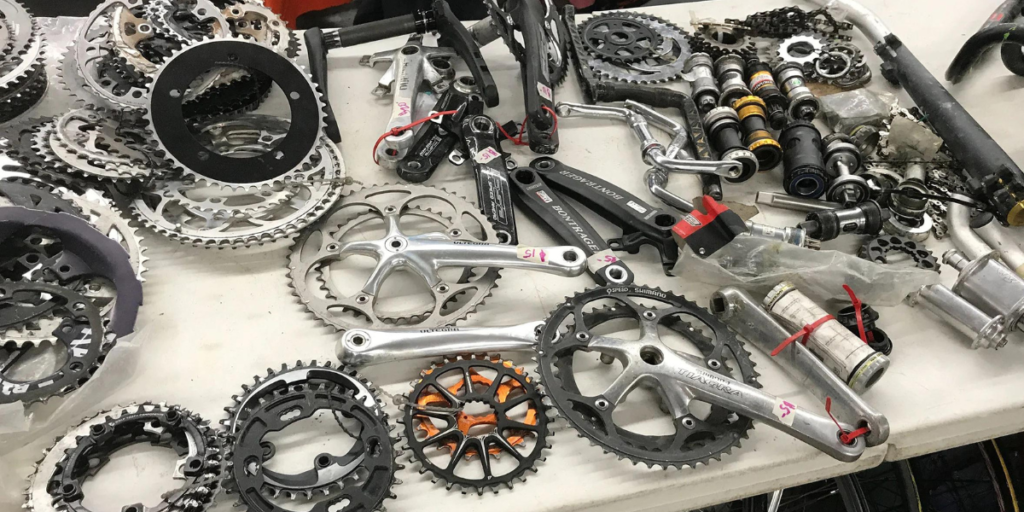
Did you ever ride your bicycle over potholes? Or hastily put in or pull your bike out from a stand? Have you ever experienced an accident or crash, even if minor? Or have you ever jumped on or off a pavement while riding your bike? If you’ve answered yes to any of these questions, you risk having an untrue or out-of-true bicycle wheel.
A bicycle is deemed out-of-true when it loses its precise form. You will see that the rim becomes distorted and pulls to the side that has a higher spoke strain. Let’s learn the anatomy of a wheel, to grasp its design and what it means to be false.

A bicycle wheel contains four separate sections. You have the rim, which is the greatest element and is the circular frame. The middle section of a wheel is the hub which stores the bearings and may also support the gears. And then you have the spokes, which are the wire support from the hub to the rim. The attachments of the spokes to the rim are termed nipples.
The spoke-nipple combination is tightened so that each spoke has equal tension. By doing this – all these pieces weighing only around a few kilograms combined may carry a hefty person effortlessly. The important feature of this setup is ‘equal tension’.A lack of ‘equal tension’ is when your wheel risks being false. We previously covered a few occurrences or conditions that might potentially render a wheel false. But it’s not every time you travel over a pothole that your cycling wheel will get out-of-true.
Ways to recognize an inaccurate wheel
1) The form of the wheel is not the ideal round as it’s intended to be.
2) You hear rattling noises that arise from loose or unsteady spokes. If you can rattle the spokes by hand, they are sagging. That implies the strength of the wheel is weakened, and the chances of your spoke nipple separating might be considerable.
3) When you spin your wheel off the ground, it wobbles back and forth.
4) In case you pedal over a rock or above the pavement, your wheel buckles somewhat.
5) You may hear a rhythmic rubbing sound.
6) Your brakes are behaving goofy.

If you see any of these indicators that we just listed, it signifies that you have an out-of-true wheel. And operating your bicycle on an untrue wheel, you face the chance of several problems happening, which we have detailed here below.
Effect of an out-of-true bicycle wheel
1) You will have less stopping strength.
2) The strength and stiffness of your wheel will be lowered.
3) Chances of the bicycle experiencing a crash rise.
Unfortunately, an untrue wheel does not correct itself. It may only get worse. It needs to be taken care of, or it has to be true.
Truing is the technique that includes tightening and relaxing the spoke nipples to correct warped areas of the rim. It makes the rim neat and straight and produces a sturdy framework.

In case you’re wondering, Can you buy your bicycle? – we reply ‘yes’ and ‘sort of’. So it’s feasible to correct your bicycle wheels up to a certain degree. For the remainder, we advise leaving it to the expert. Of course, it’s not difficult to true it oneself entirely. All you need are the correct set of tools and a little experience. You may acquire yourself an affordable wheel truing key or tool called a spoke wrench or spoke key. Make sure it fits the nipple size that is on your bicycle tire. Watch a few videos to learn how to correct a bicycle wheel. Remember when you tighten loose spokes on the bicycle wheel on one side of the rim, it should pull in that direction. Loosening has the opposite effect. Another key factor to consider is to remember that even tension is what you should be looking for. And not over-tighten one side and under-tighten another merely to bring the wheel into shape.
Conclusion
We hope that this information has been beneficial to you. Having a trued wheel is vital for comfortable and safe riding. Look out for the indicators that we have highlighted, to confirm your wheel is aligned the way it should be.
Have you had an encounter with an untrue wheel? If you have, share with us the impact and how you straightened it out by contributing to the comments below.


